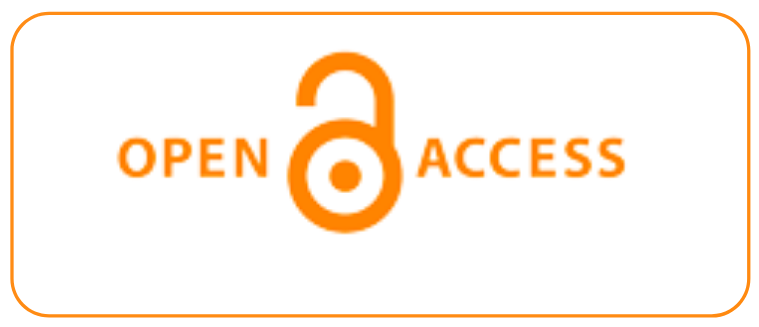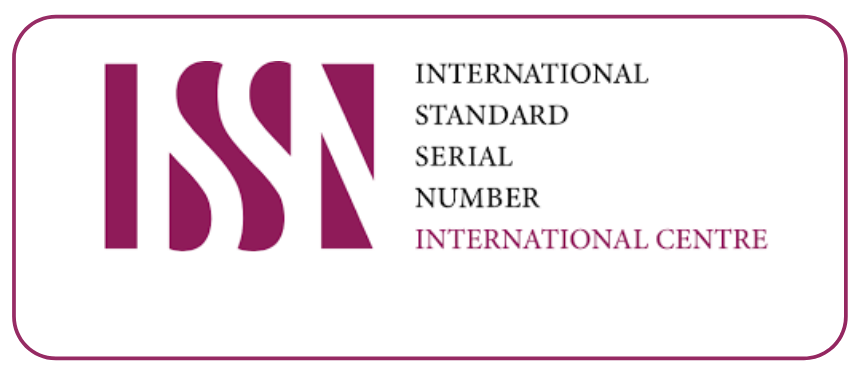Exploring Dalit Women's Narratives Of Resistance And Identity Assertion In Contemporary Indian Society
DOI:
https://doi.org/10.53555/sfs.v10i2.2483Keywords:
Identity Assertion, Dalit Women, Indian Society, Narratives of ResistanceAbstract
India is a patchwork of social, linguistic, religious, and ethnic groups that demonstrates variety while maintaining unity. Indian women hence represent a variety of cultures, geographies, faiths, and social strata. Their unique living experiences and societal positions contribute to a variety of challenges. As a result, an analysis of the literature on Indian feminism reveals how complex it is. According to Mukhopadhyay, the fundamental goal of Indian feminism, which was predominantly started by males, was to abolish immoral customs like polygamy, child marriage, Sati, Purdah, illiteracy, and others. Indian feminists were not aware of or knowledgeable about the notion of "intersectionality" or intersectional oppression. Following the dictum "Personal is Political," in this case, it became the responsibility of the women whose gender overlaps with caste to speak for their own lived experiences. By examining a few of their works, this essay aims to provide light on the lives of Dalit women. Literary study resources include Bama's Sangati, Meena Kandaswami's Touch poetry collection, and P. Sivakami's The Grip of Change. The research shows how the experiences of Dalit women provide a distinctive interpretation of "Indian intersectionality," in which the combination of their social and political identities results in many forms of disadvantage and discrimination, leaving them open to violence. The research could provide insight into strategies for stopping violence against Dalit women. The research will attempt to shed light on the discrepancies that exist between the two genres of writing, in addition to highlighting the contrasts between upper-caste female and dalit male literature.









